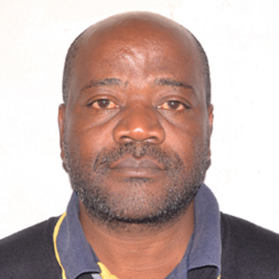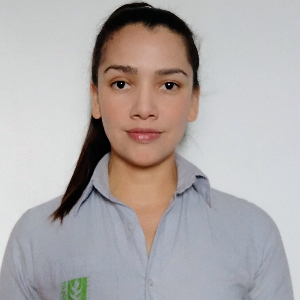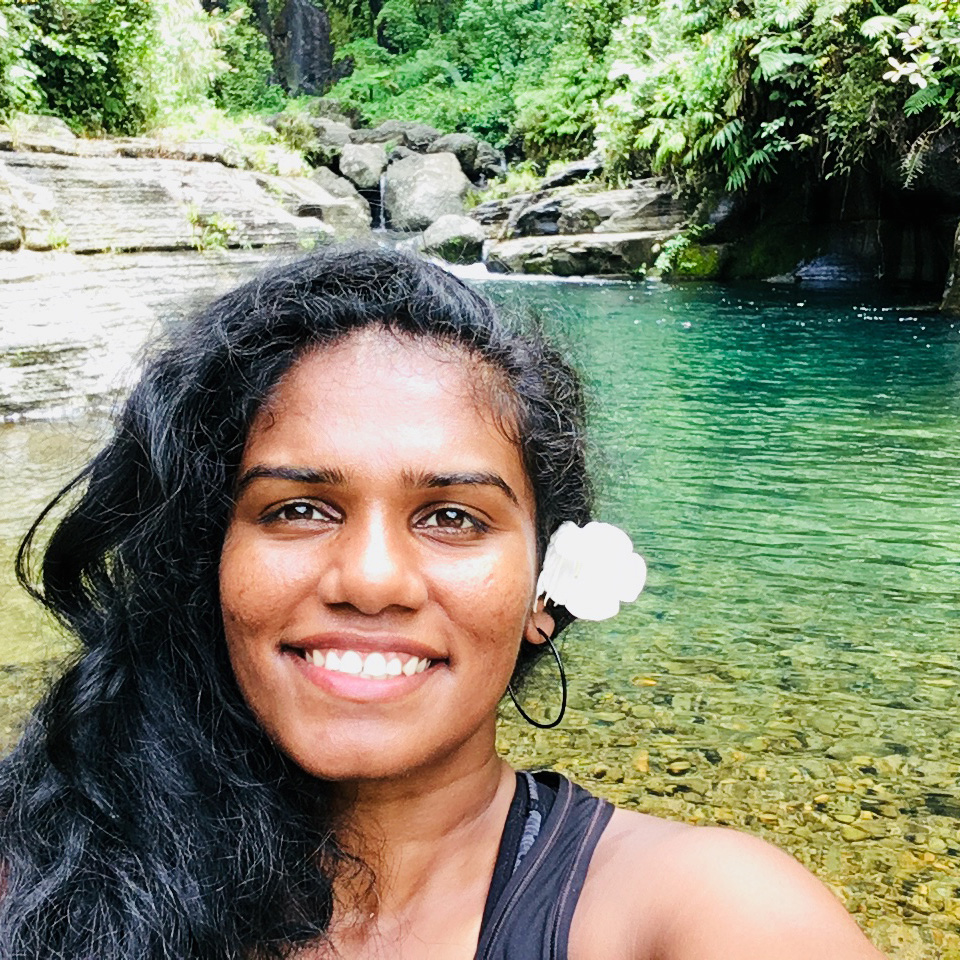FWBON is a global community of practice, unified in the goal to improve biodiversity observations in freshwaters. We contribute to building the global capacity for monitoring freshwater biodiversity and conducting assessments. To achieve our goals, we apply an inclusive approach, reaching out to colleagues working in all regions of the globe and in diverse backgrounds, which explicitly includes engagement of indigenous communities and stakeholders. Built on existing regional and global networks, FWBON is an important mechanism to collect, standardize and distil freshwater biological and ecosystem data and information into products including Essential Biodiversity Variables that will improve the observation, reporting and protection of freshwater biodiversity. It will enable the global scientific community to describe the relationships between biodiversity, organism abundance, system productivity, and ecosystem services.
About FW BONCo-Leads
 Eren Turak
Eren Turak NSW Office of Environment and Heritage & The Australian Museum, Australia
 Andreas Bruder
Andreas BruderUniversity of Applied Sciences and Arts of Southern Switzerland
 Jennifer Lento
Jennifer LentoCanadian Rivers Institute, University of New Brunswick, Canada
Regional Coordinators
 Aventino Kasangaki
Aventino KasangakiAfrica
 Heidi van Deventer
Heidi van DeventerAfrica
 John Simaika
John SimaikaAfrica
 Anila Ajayan
Anila AjayanAsia
 Astrid Schmidt-Kloiber
Astrid Schmidt-KloiberEurope
 José Barquin
José BarquinEurope
 Angelica María Batista Morales
Angelica María Batista MoralesLatin America
 Fabio de Oliveira Roque
Fabio de Oliveira RoqueLatin America
 Pablo E. Gutiérrez-Fonseca
Pablo E. Gutiérrez-FonsecaLatin America
 Bindiya Rashni
Bindiya RashniOceania
| Interested to join? Click the Register button. |
Key objectives
In June 2022, the FWBON Coordination Committee met in Davos to discuss actions of FWBON from 2022-2030 to help the development of FWBONs next implementation plan (2022-2026) and to provide guidance for developing activities that continue beyond 2026. The actions identified include:
- Contributing to building the Global Biodiversity Observation System (GBIOS)
- Providing global leadership in the development and application of Essential Biodiversity Variables (EBV) for measuring change in freshwater biodiversity
- Building the strength of the FWBON network
- Developing recommendations for harmonised freshwater biota sampling protocols
- Facilitating and mobilising data access, sharing, and interoperability
- Contributing to regional and global indicators and reporting structures
- Creating products useful for sound management of freshwater ecosystems and their catchments
- Positioning FWBON as a global leader and source of expertise in freshwater biodiversity monitoring and assessment
Regional Coordinators will engage with the FWBON membership for input and assistance in working on these actions, and we look forward to collaborating with members of our network.
FWBON has agreed to use the Freshwater Information Platform (FIP) for joint dissemination strategies aiming to reach the freshwater community and raise the profile of freshwater biodiversity. The FIP is a central hub for compiling and integrating species distribution data, exploring possibilities for exchanging and publishing data from freshwater observatories and monitoring institutes.
FWBON data products will be published through the FIP:
Turak, E., Harrison, I., Dudgeon, D., Abell, R., Bush, A., Darwall, W., et al. (2016). Essential Biodiversity Variables for measuring change in global freshwater biodiversity. Biological Conservation, 1–9. http://doi.org/10.1016/j.biocon.2016.09.005
FWBON currently has 386 members from over 80 countries

